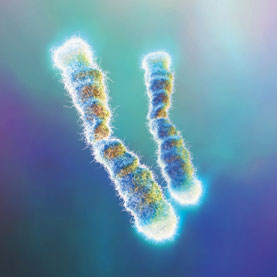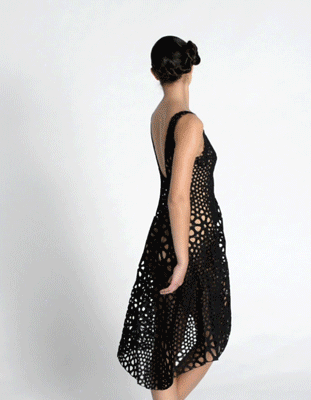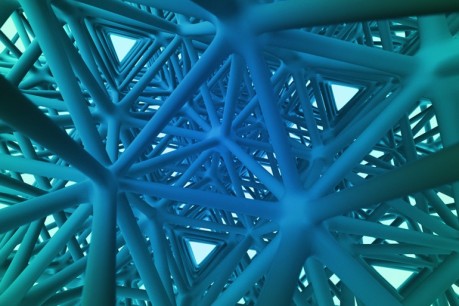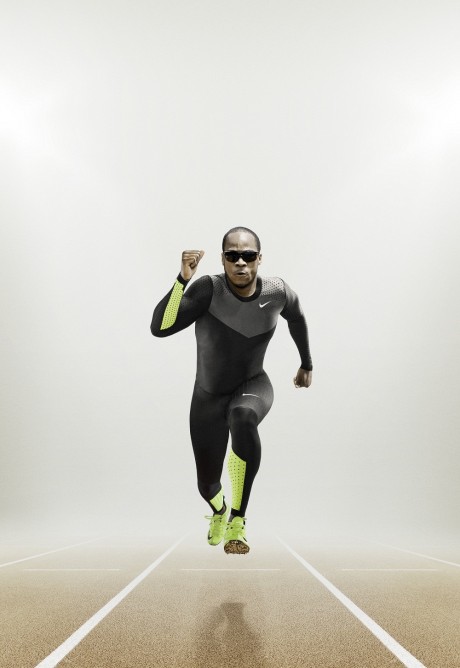
A University of Exeter team has discovered a lightweight, flexible and transparent material for conducting electricity.
The new material, called GraphExeter, could transform the electronics industry with the development of wearable electronic devices, such as clothing containing computers, MP3 players and phones. GraphExeter can be used for creating windows or smart mirrors along with computerized interactive characteristics.
Graphene, a one-atom-thick substance, is the thinnest material that can conduct electricity. It is flexible as well as one of the strongest materials. For quite some time, engineers and scientists have been on the race to adapt graphene for electronics. This process has been a challenging one for them due to its sheet resistance, which confines its conductivity.
The Exeter team compressed ferric chloride molecules between two sheets of graphene in order to create GraphExeter as a possible alternative to ITO. The team is now working on creating a spray-on version of the material that can be applied onto windows, mirrors and fabrics.
Dr Monica Craciun, the lead researcher at University of Exeter, said that GraphExeter can redefine the electronics industry. He also said that the material outperforms other types of carbon-based transparent conductor utilized in electronics and can be used for different applications.
The research findings on GraphExeter are published in the journal called Advanced Materials.
By Cameron Chai
Source: http://www.exeter.ac.uk/




















